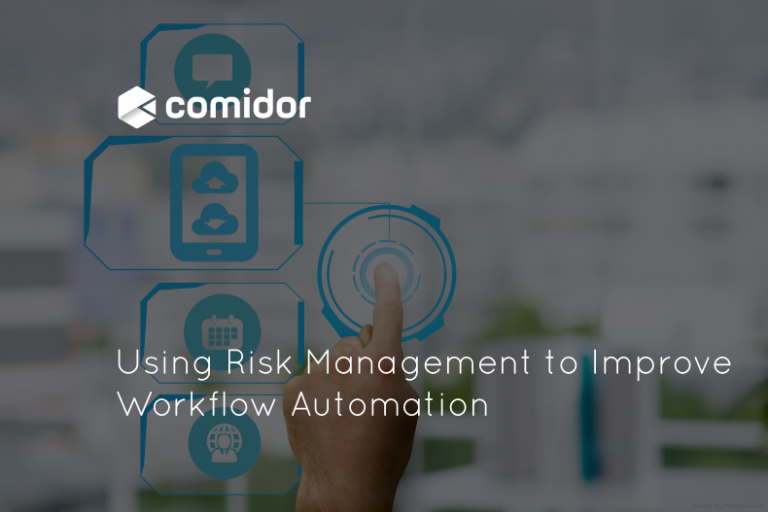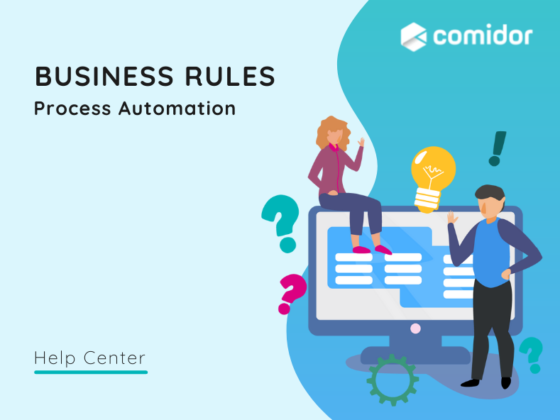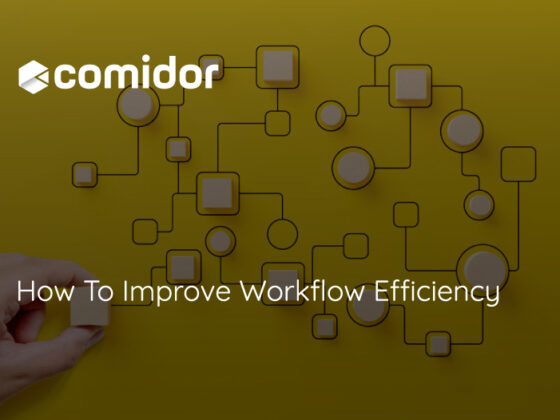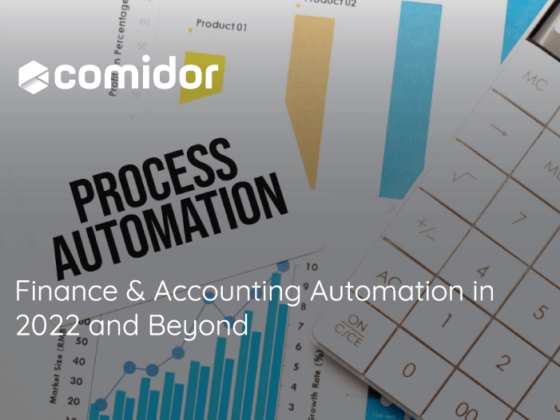In most situations, workflow automation and risk management could be the solution to every organization as they address problems with little to no flaws, enabling thus organizations to keep their customers satisfied. This means that having efficient product delivery, reduced downtimes, and stellar customer support could help set you apart from the competition.
However, being the company your customers want isn’t always an easy feat. It requires making and implementing the hard decisions that can get you from point A to B. In case anything is holding your back from success, you should control it, if not eliminate it.
While workflow automation and risk management are often used apart, they work best when implemented in tandem. Automating workflows will elevate your risk management goals and vice versa. The trick is finding the right way to combine both practices.
Here is what you should know about using workflow automation and risk management to build a better future for your business.
What Is Risk Management?
Risk management is the process of evaluating the common threats to your business and looking for ways to mitigate them. It involves deciding on the best alternative for eliminating an issue without demanding too much effort from your resources. Among the best ways to understand your risk landscape is to involve your entire team in the decision-making process since your staff best understands the kind of risks your business goes through.
Why Risk Management Matters For Business
Risk is a necessary evil for doing business. However, businesses are successful when they can best adapt and adjust to their risky environment. Sure, you can always invest in industry-accepted cookie-cutter solutions for the different risks, but this can be a slippery slope. It isn’t necessary for a solution that works for another business to work for your business too.
You could be operating in completely different risk landscapes with other businesses in your industry. For instance, your business could be targeting a completely different demographic in comparison to other businesses in the industry. Risk management ensures that you understand the different aspects of your risk landscape.
It takes into account your current resources, including manpower, finances, and partnerships. With risk management, you can also account for your current risk tolerances. In turn, this makes it easy to choose tailor-made risk mitigation solutions that will work best for your business and combine workflow automation and risk management.
What Is Workflow Automation?
Workflow automation is the process of designing a hands-free approach to commonly manual business tasks. Repeating these tasks can be not only mundane but also time-consuming. However, these tasks are necessary for your business to thrive. Automation can be achieved by deploying software or machines to eliminate the human side of doing a task.
Why Workflow Automation Matters
Automated workflows easily comply with your business needs. If tasks are automated, human error is greatly reduced. It becomes less possible for you to miss important parts of a process or even make miscalculations. Often, people make such errors while being inattentive to the tasks at hand.
Automating your workflows also increases the level of visibility for specific tasks. For instance, if you use invoicing software, tracking invoices for specific dates becomes a walk in the park.
Lastly, automation shifts your focus towards the more demanding business tasks. The fact that automated tasks don’t require an employee to do them could be advantageous. In turn, this frees up time and manpower to cater to other core business tasks. Your business could also cut costs by choosing to automate some of its tasks.
How Risk Management and Automation Could Elevate Each Other
Workflow automation comes with a variety of risks. For instance, if you choose to use security alerts to spot cybersecurity risks, you will be accepting the risk of having some false positives. Without controlling such a risk, your team can spend endless hours trying to manage non-existent threats. Risk management ensures that you can automate your workflows while limiting the inherent risk of your chosen solutions.
On the flip side, the risk management process can be quite mundane at times. It could require you to do a couple of manual tasks from time to time, whereas automating these tasks would suffice. For instance, a compliance officer will need to constantly remind staff members of any overdue compliance tasks. Since sending email threads back and forth can be time-consuming, automating the process will save everyone time.
However, succeeding at both tasks requires having all hands on deck. Your employees need to understand the role they play in mitigating specific risks. They should also know that automating some parts of the workflow could benefit overall customer satisfaction rates. Taking time to educate employees is pivotal to achieving different organizational goals.
Your organization’s future isn’t set in stone. With the right combination of workflow automation and risk management, you can design a bright future for your business. Both practices allow you to be more in control of your business.
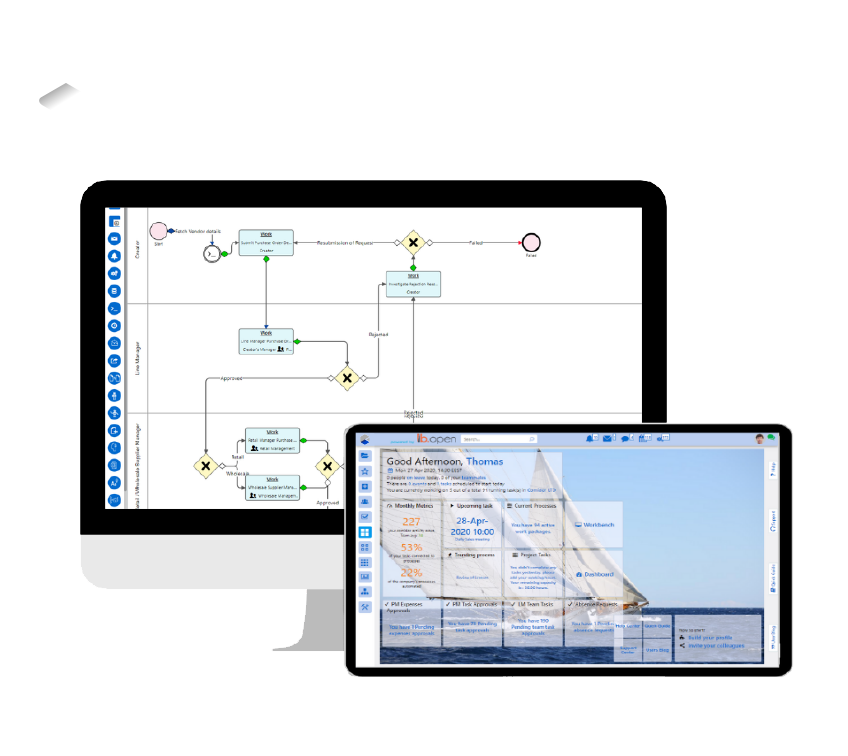
Are you interested in learning more about workflow automation?
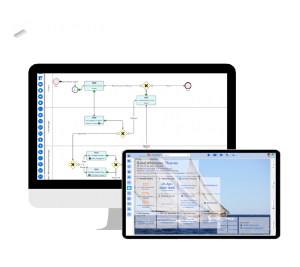
Are you interested in learning more about workflow automation?


